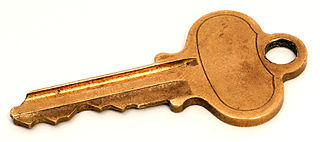Activities
Vocabulary Activity
Fill the gap with the opposite
Order from greater to lesser hardness the following materials
plasticine, glass, plaster, ceramics, diamond and talc
Awesome!!
Try again!!
Complete the sentences with the proper word
Lea y complete con la palabra apropiada dentro del menú desplegable
Analysing the properties of materials
We have selected two materials WOOD and METAL and two objects: a wooden mortar made of WOOD and a key made of some METAL. We analyse the properties that we have studied in this unit following the instructions below


- For analysing Electrical Properties: Connect the two objects into an electrical circuit
- For analysing Thermal Properties: Apply heat to the objects and touch them
- For analysing Optical Properties: Illuminate the objects and observe if the light goes through them and evaluate them by visual inspection
- For analysing Mechanical Properties: Apply different forces to both objects and evaluate the reaction
- For analysing Density: Determine the mass and volume of each object and calculate its density and also examine if objects float in water
- For analysing Porosity and Permeability: Use water to test if the object absorbs it, or allows it to pass through